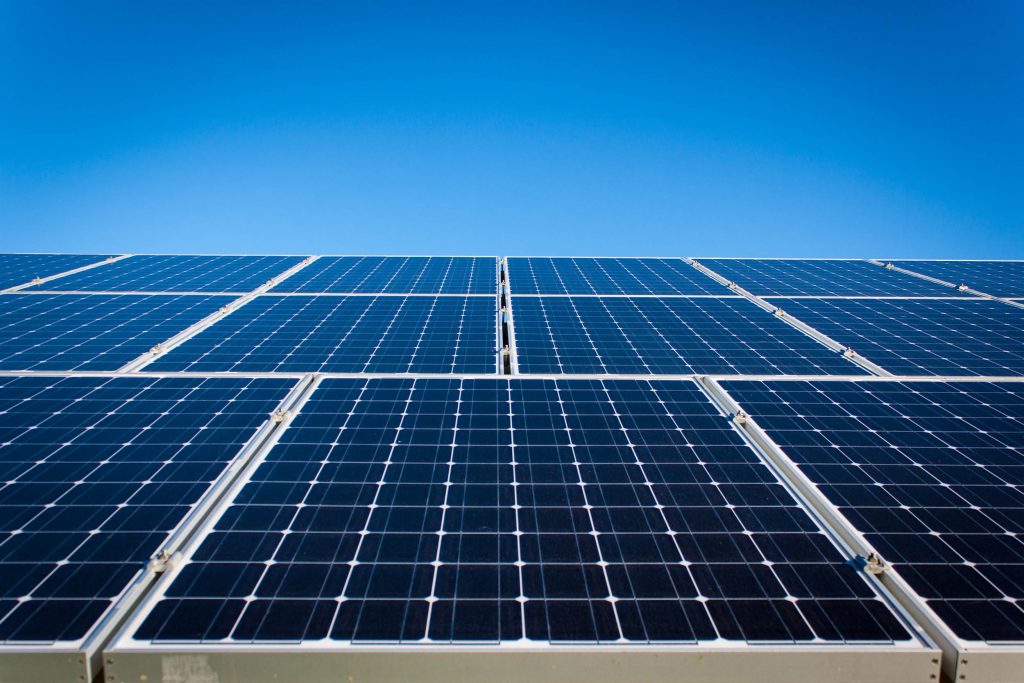
If you’re a company owner there is a superb chance you’re not pleased with the cost of grid power and would love to reduce your bills with rooftop solar. Unfortunately, there is also a superb chance you lease your business premises and thus don’t have an incentive to put in solar. After all you can not take it with you when you leave.
When there are a few enlightened landlords who have installed solar in the roofs of residential properties — with no strings attached other than just a modest growth in weekly lease — these solar saints are extremely uncommon in the business world. In my experience, landlords are normally quite reluctant to invest in their properties unless they’re sure of getting a decent return on their cash. I’m not saying all landlords are tight-fisted, but I have met a few who could likely crush coal into diamonds in the palms of their hands.
To get solar energy onto retail leasing properties will require a service which gives company tenants some of the benefits of solar while ensuring landlords get the high speed of return they crave. It is a challenging balancing act, however, one brand new firm that’s prepared to have a go at threading that needle is Landlord Energy. They’ll set up solar panels on business premises and operate with their electricity retailer associate, Diamond Energy, so the renter is billed 22 cents per kilowatt-hour of solar energy power they use. This is significantly less than the cost of grid power for many small and medium-sized businesses. The landlord receives a 20 cent payment for every kilowatt-hour of solar electricity, that tenant uses (22 cents and 2 cents GST) and some other solar feed-in tariff obtained for sending electricity into the grid. Landlord Energy subtracts their energy charge from this amount, which can be 2 cents per solar kilowatt-hour generated, irrespective of whether the renter uses it or it receives a feed-in tariff.
While most tenants are only going to see their power bills decreased by a modest sum, the good news is that this service costs them nothing. Even if they just have a rather small amount of money the deal remains full of triumph for them. They’ll pay less, the environment will benefit from all that clean energy, and the solar panels onto the roof should even make the construction slightly cooler in summer.
The Way Landlord Energy Works
Here’s a quick listing outlining how Landlord Energy functions and I will go into more detail below. But I will participate in something I very seldom do and abbreviate. Rather than writing Landlord Energy that I am just going to refer to them as LE.
How LE functions:
- The tenant and landlord agree to utilize LE’s service.
- The landlord buys rooftop solar from LE.
- The tenant signs up with Diamond Energy.
- Diamond Energy installs a smart meter and installs a small additional meter which tracks the renter’s solar electricity consumption.
- Diamond Energy charges the renter to get the grid electricity they use and 22 cents for each kilowatt-hour of solar electricity.
- Diamond Energy forwards the solar power payment and feed-in tariff to LE who pass it onto the landlord.
Tenants And Landlords Have To Agree To Utilize LE
LE’s support is worthwhile for any tenant paying more than 22 cents per kilowatt-hour for grid electricity. There’s no downside I can see unless you feel the purchase price of grid power is very likely to drop under 22 cents a kilowatt-hour or you only operate at night. So while the renter has to consent to use LE’s service they are generally not the one who needs convincing. It’s the landlord, and sometimes the management team of the property who has to shell out for the solar grid and they’ll only do this if they believe the speed of return on their investment will be high enough.
Some Tiny Firms Could Be Too Small
The landlord receives more cash once the renter self-consumes solar power than when it is exported for a feed-in tariff. This implies unless the tenant’s business appears likely to consume lots of solar energy that the landlord might not want to cooperate.
LE states the sweet spot are companies that use a mean of 60 to 280 kilowatt-hours a day. This permits LE to put in a rooftop solar system out of 15 to 70 kilowatts in power. The closer the energy consumption matches the solar output through the afternoon, the better.
How Much Could Tenants Save?
Tenants are charged a flat rate of 22 cents for each kilowatt-hour of solar electricity they use so that the amount of money that they save depends upon exactly what they pay for grid power.
Origin Energy is currently Australia’s largest electricity retailer, and so I looked up their Business Saver plans and saw at Brisbane and Sydney renters on these plans could be sure of saving money, but in Melbourne business tariffs after discounts ranged from 36.9 pennies to as little as 20.8 cents to get a need tariff. Obviously, if you are paying 20.8 cents for grid power the possibility of shedding 1.2 cents for each kilowatt-hour of solar power used is not likely to be much of a thrill. Clearly it is important to assess exactly how much you are paying for grid electricity and compare the entire price, including supply charges, together with what Diamond Energy offers you to determine just how much you will come out ahead. But if nothing is stored, obtaining rooftop solar will nevertheless help the environment and that is all of the motivation a few people need. Especially if you own a building that impacts numerous people using your spaces (such as the conference venues you see in Melbourne), using renewable energy and letting these people know you use renewable energy might just nudge them into the right direction.
How LE Gets Paid
In our society, it is standard practice for businesses to control money for the services they supply. LE isn’t an exception and they get their piece of this actions by charging an administrative fee for processing the renter payments and feed-in tariff they forwards to the landlord. It comes to two cents per kilowatt-hour made by the solar system regardless of whether the tenant pays for a feed-in tariff has been received. An advantage of this method is LE includes a definite incentive to put in solar systems that produce as much energy as possible and suffer very little downtime. And since well-installed rooftop solar is quite dependable, the average quantity of downtime should be extremely little.

Return On Investment For Landlords
Landlords get 20 cents for each kilowatt-hour of solar power the tenant uses and also the feed-in tariff for any solar power that is delivered to the grid. LE says it’s likely for the landlord’s investment in solar energy to pay back itself in as little as three and a
- The solar system costs $1 a watt — This cost is only likely for Jinko panels and not LG or SunPower.
- It produces a mean of 4 kilowatt-hours of power per day of every kilowatt of solar panel capability —this is not unusual, but the exact amount will depend on the location in Australia along with the orientation of the panels.
- The tenant consumes all of the solar energy produced — This is very unlikely.
- LE forgets to control their fee — This likely isn’t likely to happen.
- When their 2 cents per kilowatt-hour fee is included the simple payback comes to 3 decades and 10 months.
If we maintain the first two assumptions but assume the following:
- The tenant uses half of the solar electricity.
- The feed-in tariff is 10 cents.
- LE remembers to charge their fee.
Then the machine would have a simple payback period of 5 decades and 3 months. This is just simple payback and does not incorporate the price of capital or any repairs or maintenance that may be necessary, but this remains a superb return on investment. So given the system dimensions and tenant electricity consumption habits are suitable, landlords or owners of corporate event venues in Melbourne may be confident that utilizing LE can rapidly pay for itself quickly.
Convincing property investors to put in solar has always been difficult. Hopefully this simple scheme from Landlord Energy and Diamond Energy is appealing enough to commercial landlords which we begin to see much more commercial solar get deployed on rented roofs at Australia.
The Payoff For Earth
More than 80 percent of businesses rent their premises, making for a huge quantity of roof space that has, until recently, been off-limits for solar energy. So I am glad to see companies such as Landlord Energy functioning to get panels within these places. Each installation that sources renewable energy for daily consumption results in cleaner air for our lungs along with a slightly more stable climate for our kids.










